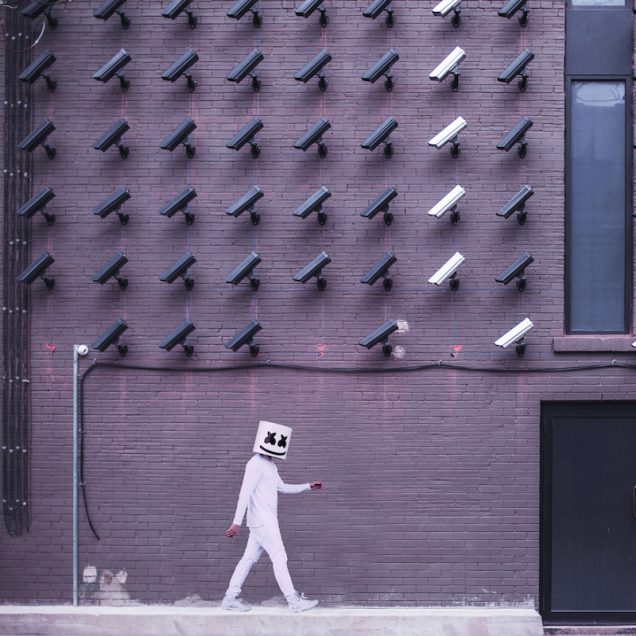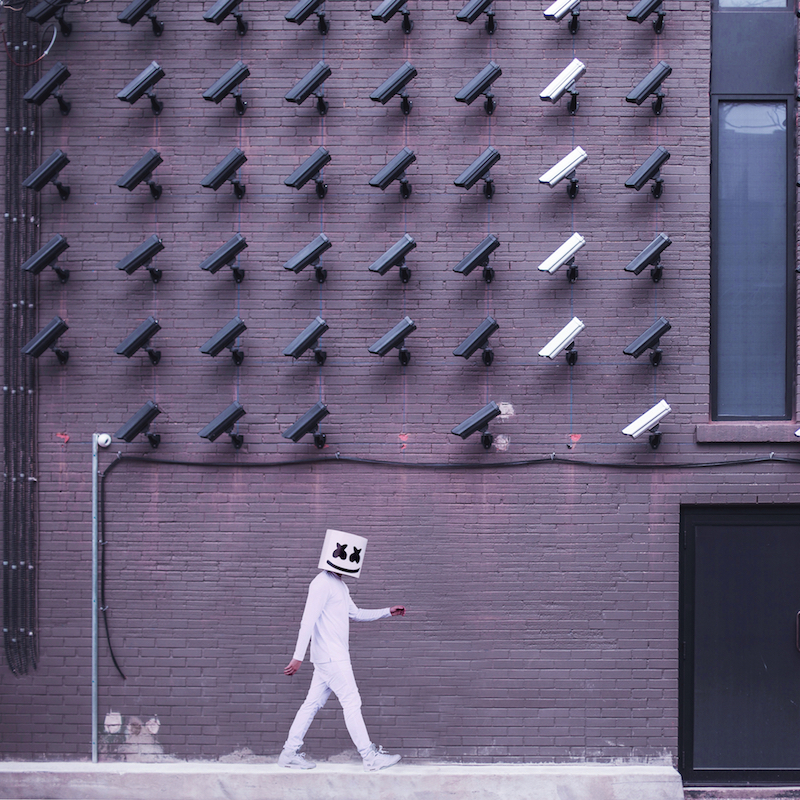We did not have a precise definition of “dark pattern,” but we were aware of the barely-within-the-law techniques used by many online companies. What are we talking about? Just think about these situations:
- when you buy a plane ticket, and suddenly you find yourself paying a much more salty bill than you expected (because you choose a seating, luggage, fast pass and so on),
- when you can not easily find out how to cancel a subscription to a service,
- or again when you unintentionally click on ads because they have exactly the appearance of legitimate and informative content.
Here are the dark patterns.
We learned all these things thanks to Harry Brignull, the founder of darkpatterns.org. This site publicly shames various airlines, internet companies, and everyone using this kind of deceptive practices online. These are proven techniques that affect the design of a website and are aimed at getting more money from a user, either through up-selling, cross-selling, or with real tricks. To succeed in the intent, they use confusing phrases, inverted call to action, colors that can disorient the user and so on.
Sometimes they try to shame the user: they show you a pop-up with a fantastic offer, and the only way to eliminate it is to click on something like “No thanks, I don’t like offers” or “I don’t like to save money.”
Brignull gave a name to some of these techniques. The “Friend Spam” one is among the most used. Just think about Linkedin: the service invites you to subscribe by email because some of your friends joined and selected contacts to invite. It is a very annoying technique, but it is not your friends’ fault: LinkedIn is designed to push users to provide access to their contacts. Once obtained the access to the address book, the system sends emails to your contacts: it will always find someone convinced to sign up. In this way, LinkedIn will get more users.
Another technique is the “Privacy Zuckering,” named in honor of the Facebook founder: in this case, a site or a company asks you a lot more information than really needed to let you access its services.
There is also the “Forced Continuity” one, which plans to force the user to provide its credit card for the free trial and not clearly tell him that the next charge will be automatic. It can be argued that in some cases some forced choices have been conceived trying to provide an advantage to the end user (and also to the company which requires it). For example, often the car found by the Uber app is a luxury car, so the ride becomes more expensive than other alternatives: a better car is a customer’s advantage that makes a trip more comfortable, but it is also an advantage for the driver who earns more money from the service.
While it’s true that in some cases there is an improved end-user service, it’s still vital that he can be free to choose consciously. The Dark Patterns website sports a “wall of shame” showing these behaviors, without hiding the names of the companies that perform them. It is educational and fun to observe them all: you can learn how online companies try to fool us.


